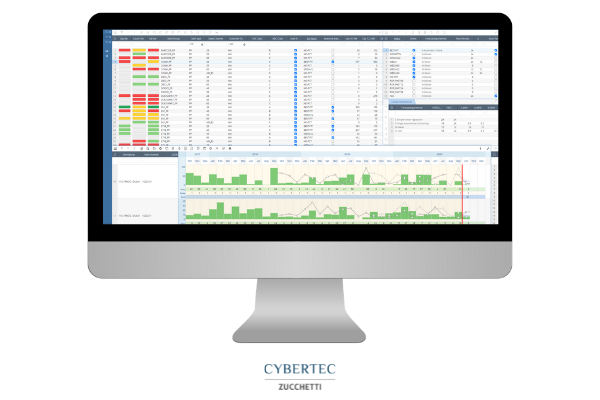Do high inventory levels keep you up at night? Are you increasingly dealing with a low level of service and increasing inventory? Then you need to improve the accuracy of your predictions.
Consensus Demand Planning improves the accuracy of forecasts and reduces inventory through communication and collaboration between different business figures. It is a forecasting technique that relies on inputs from different business functions, such as sales, marketing, product management, and demand planning.
Whatis Consensus Demand Planning
In a market where consumer behaviour is becoming increasingly unpredictable, being able to understand, predict and even shape customer wants and needs ensures a significant competitive advantage. Precisely for this reason, more and more often many companies choose to incorporate Demand Planning into their daily activities, so as to plan production by forecasting future demand and optimizing inventories.
A further step towards even more accurate forecasts is Consensus Demand Planning, which combines statistical calculations with market information obtained through internal collaboration, ensuring maximum precision in demand planning.
A new forecast is thus defined as “consensual”, as it provides for collaboration between several figures, which is evaluated and modified when necessary through continuous monitoring and consensus meetings that see the comparison between planners and Demand Forecaster.
The Consensus Demand Planning process
The strength of Consensus Demand Planning is that demand forecasting is done on an ongoing basis, so that it can quickly detect, interpret and act on changes in demand, perfecting it. In addition, it is a collaborative model, based on inputs from different business areas
“Pre-consent activities” include a statistical evaluation process to identify the elements that have the greatest impact on the business, so planners can focus on the 15-20% of products that make up 80-90% of revenues and profits. The most efficient companies automate the most basic tasks with the help of technology, thus obtaining accurate and automatic replenishment forecasts for core business items and allowing planners to focus on the areas of the business that require the most attention.
Through statistical analysis, Demand Forecasters generate an estimate of sales of all products. These forecasts are based on demand history, product lifecycles, scenario analysis, and also consider external factors to improve forecast accuracy. By also relying on external information and not relying only on historical data, Forecasters can bring an independent point of view in consensus meetings together with greater value for the business. Following these meetings, planners, Demand Forecasters and supply analysts participate in post-consent demand planning activities.
Therefore, in Consensus Demand Planning intuition and human contribution are a key component. The knowledge gained about the factors that influence demand can be used to shape demand and supply and to respond to unforeseen events.

The limits of Consensus Demand Planning
Implementing a new solution is like making an act of faith. Be willing to experiment with new approaches and disrupt existing solutions.
In the case of Consensus Demand Planning, it means putting ourselves in the perspective of a change that involves management, which should abandon the idea of being able to exercise individual control over forecasts in favor of a forecast that belongs to and is the merit of everyone in the company.
It must also be taken into account that in order to have accurate forecasts it is important that the historical data is clean and validated and Forecasters must ensure that all promotions and any other CRM events are included in the forecast.
A further challenge may be the lack of collaboration and poor sharing of relevant information between planners and forecasters and other business areas.
Finally, to allow the success of Consensus Demand Planning it is important to ensure the right overall efficiency of the system given by an adequate technological infrastructure.
The software for Consensus Planning
In the current market, between increasing assortments and undecided consumers, it becomes more difficult to predict which products will be purchased. However, companies can still maximize the effectiveness of sales and marketing by accurately modeling and forecasting future customer demand thanks to a software solution.
CyberPlan Demand Planning and S&OP provides companies with cutting-edge technology for demand planning operations. A strong point is that the software facilitates the sharing of information between business functions, so as to ensure alignment on the feasibility of what was planned among all the figures involved.
If you also want to generate and manage feasible, quality and shared forecasts between the different business functions, discover CyberPlan Demand Planning and S&OP.
